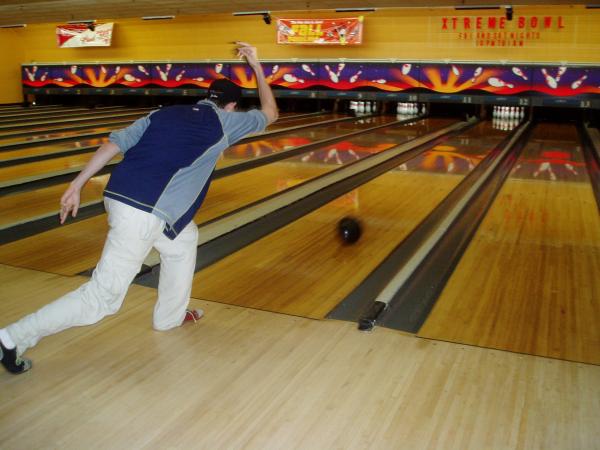Orienteering

Orienteering, outdoor competitive sport that is similar to cross-country running, but with emphasis on map-reading and direction-finding skills. Through woods and over hills or rough plains, contestants plot courses between isolated control points that must usually be visited in sequence. Introduced in Sweden in 1918, orienteering had its first success in Scandinavia but later spread throughout Europe, culminating in the establishment of an International Orienteering Federation in 1961, with European championships held from 1962 and world championships from 1966. National orienteering federations were established in Canada in 1968 and in the United States in 1971. The sport has numerous enthusiasts in North America, where approximately 100 local orienteering clubs and associations sponsor between them more than 600 total days of competitions annually. In orienteering, competitors study a master map of the course at the common starting point, and may copy control positions on individual maps; they also study a list and description of the controls. Maps used are of a 1:15,000 scale, with 5-m (16.4-ft) contour intervals, though other scales and vertical intervals may be allowed in certain competitions. Selecting their routes according to terrain, competitors must choose between more direct courses with obstacles such as water, marshes, woods, and hills, and more circuitous routes with easier passage. Runners set out from the starting point at intervals of one to five minutes, using map and compass to locate, check in, and stamp or punch their cards at controls indicated by orange and white marking flags, which may be from a few hundred yards to a mile apart. The winner is the runner who completes the course in the fastest time. Variations of orienteering include line orienteering, in which the competitors follow the same route, visiting controls that can be found only by accurately adhering to the route; route orienteering, in which the route is marked not on a master map but on the ground itself and in which contestants must indicate the position of the controls on their own maps; and score orienteering, in which controls, which may be visited in any order, are set up in a selected area, with a point value assigned to each according to its distance or difficulty of location. Orienteering may also be practiced by cyclists, canoeists, and horseback riders. In Scandinavia, skiers practice a popular variation of the sport.













